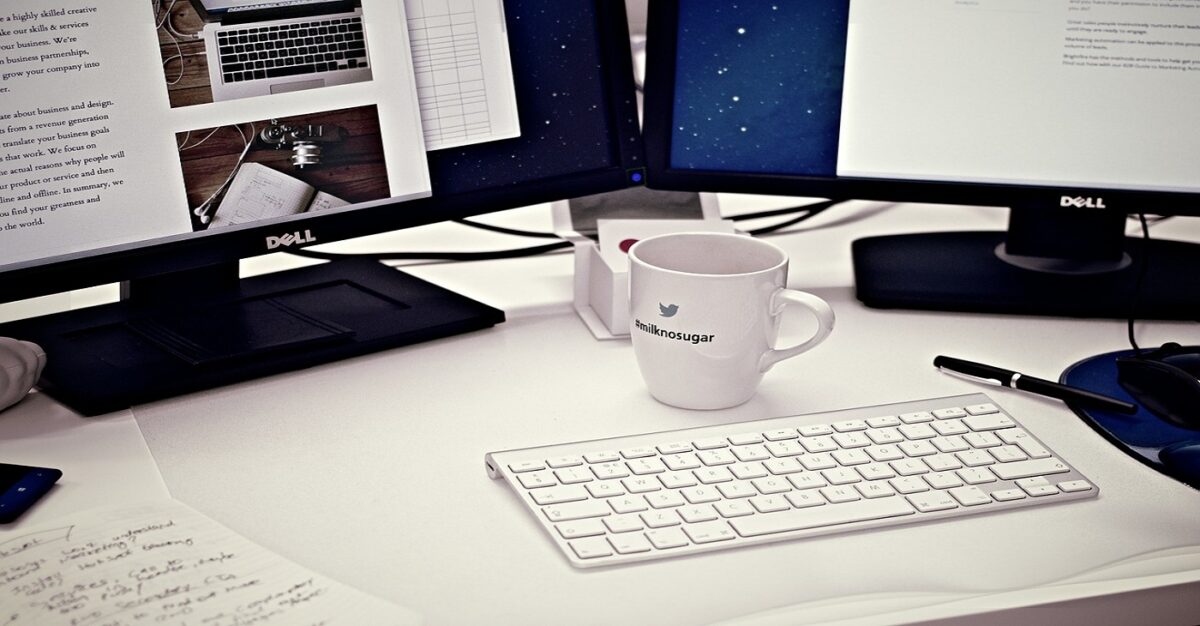According to the latest Employer of Choice survey conducted by CareerBuilder Singapore, one of the top reasons behind a candidate’s career choice was a comfortable work environment. What are some factors that contribute to such an environment?
We all know that happy workers translate into better workers. But how do you keep your employers happy? According to the latest Employer of Choice survey conducted by CareerBuilder Singapore, one of the top reasons behind a candidate’s career choice was a comfortable work environment. This is next to evergreen influences such as higher remunerations and better benefits. A great working environment is more than just a spacious cubicle or cushy chair; so what are the factors contributing to it then?
The Office Is like a Second Home
We spend more than 30 per cent of our adult lives working, so naturally the working environment will have a direct influence on productivity. No one likes to live in a dark and cramped area; similarly, your staff would not want to work under those conditions too. An employer with genuine care for his employers has to create a physical working area that is as comfortable as possible. For example, harsh lighting in the long run can be detrimental to productivity as it can be straining on the eyes, and office temperature that’s too cold or too warm creates discomfort.
Health Matters
Good office furniture is an investment all employers should consider. We spend most of our time in the office seated – it is thus important that the office chair has good ergonomics. Otherwise, employees would wind up in a poor sitting posture which in turn leads to health-related issues such as backaches.
It is also important to create a sanitary work environment by installing air purifiers or ultraviolet disinfectant systems, and ensuring regular aircon servicing and carpet shampooing. The office is, after all, an enclosed area where germs could be spread easily. These practices can aid in creating a healthier environment which in turn will result in lesser sick leaves being taken.
Open or Closed?
What kind of office layout should you adopt: open or closed concept? The jury is still undecided on this one. Those in support of the open concept claim that it encourages colleagues to collaborate, and that it fosters communication. Additionally, it breaks down organisation hierarchies, creating a sense of community and involvement. In the age of the Millennials, who value teamwork, the open office concept is proving to be a popular one especially in creative agencies. However, support is growing for the traditional closed concept office, where there is a cubicle for each employee. Advocates say that this offers privacy, thus preventing distractions. Since a closed plan also reduces socialisation, noise levels are reduced which makes for better concentration.
So, which concept should you adopt then? It really depends on your needs. Alternatively, you could also consider having both layouts under one roof, so that your employees may decide which style works for them best.
Fostering an All-Inclusive Spirit
The modern office counts people from all walks of life and ages as colleagues. This is why you should strive to make your office disabled- and elderly-friendly. This would mean installing basic facilities such as ramps for easy access.
Other means include setting aside carpark lots for handicaps, or arranging for older or disabled employees desks to be on the ground level should the office occupy multiple storeys. More importantly, staff should also be trained to work alongside, and not in front of, their colleagues who may not be as mobile or young.
Beyond the Physical
A conducive working environment is more than just ensuring a comfortable physical space; it is also about creating the ‘heartware’. Aim to strengthen office ties not just among employees, but between managers and employees.
This can be carried out in various ways, such as through team-building exercises and monthly lunch get-togethers. Also, as more Millennials start entering the workforce, it is imperative to ensure work-life balance for your employees. Flexible working hours, or the chance to work remotely all contribute to making sure that there is a distinction between work and personal time.
With these in mind, it is also your role as an employer or manager to maintain a good working environment. To do so means proactively receiving and acting on feedback from employees. Providing staff with a comfortable office is a win-win situation: morale is kept high, and the organisation in turn will be efficient.





